Fitness programs may include different exercises. They may have a different number of sets. They may have different rep ranges. Fitness programs may look different but are they all the same?
They may not be the same per se but all (good) programs have one critical component in common, progression. It doesn't matter if you're training for hypertrophy, strength, muscular endurance, cardiovascular endurance, etc. Inherently, most people understand that when you've been training for a significant period of time, you should be using a more advanced regimen than when you started. Doing the same thing will get you closer to your goals for a time but your body will eventually adapt and you will need to increase the difficulty to continue getting results.
Training Age
There are three basic progression patterns that can be used in resistance training based on your training age. It is important to note, when discussing training age, we are talking about the rate at which you progress, NOT the length of time you've been training. We all have a genetic limit that is determined by several factors that I won't go into here. The closer we get to our genetic limit, the slower progress becomes. We must then perform more work for less results as depicted below. A rule of thumb for if you are novice, intermediate, or advanced is as follows: novice is able to progress from session-to-session, intermediate from week-to-week, and advanced from month-to-month.
Volume Progression Over Time
Eric Helms Andy Morgan, and Andrea Valdez
The Muscle and Strength Pyramid Training
Single Progression
This progression method is for novices. Single progression simply means you are only manipulating a single variable, load. Sets and reps remain constant while you increase weight from session to session. For example, if you started out squatting 135 pounds for 3 sets of 10 in your first session, you may do 145 for 3 sets of 10 the second session, 155 for 3 sets of 10 the 3rd session, and so on and so forth. Keep in mind, load doesn't have to be the variable you manipulate here, although it is the most common. You could choose to manipulate reps instead or even sets, but I wouldn't recommend that. An example of manipulating reps would be squatting 135 for 3 sets of 5 in session one, for 3 sets of 6 in session 2, 3 sets of 7 in session 3, and so on and so forth.
Double Progression
This progression method is more suitable for intermediates. Double progression simply means manipulating two variables instead of one. Typically this means load and reps.
Ex 1) In this example load is the primary variable and reps is the secondary variable, let's say your rep range is 6-8 and your starting weight is 200.
Session 1: 3x8x200
Session 2: 3x7x205
Session 3: 3x6x210
Session 4: 3x8x205
Ex 2) In this example reps is the primary variable and load is the secondary variable. We will use the same starting session of 3x8x200 and progress as follows:
Session 2: 200x9, 9, 8
Session 3: 200x10, 9, 9
Session 4: 200x10, 10, 10
Session 5: 205x8, 8, 8
Triple Progression
This progression is for advanced trainees. Advanced trainees have 10-20% of their genetic potential remaining. Triple progression means we will be manipulating all three variables. If you're familiar with algebra, you know that the more variables are in an equation, the more ways there are to manipulate that equation. That said, I'm only going to provide one example here:
Session 1: 250x8, 8, 8
Session 2: 250x9, 9, 8
Session 3: 250x10, 9, 9
Session 4: 250x10, 10, 10
Session 5: 250x8, 8, 8, 8
Session 6: 250x9, 9, 8, 8
Session 7: 250x9, 9, 9, 9
Session 8: 250x10, 10, 9, 9
Session 9: 250x10, 10, 10, 10
Session 10: 255x8, 8, 8
As you probably noticed, it takes much longer to be able to add weight when you're in the advanced training age category.
Important Considerations
It is important to note that there's no set amount of time that you should stay in single or double progression. This is highly individually dependent. For example, some could stay in single progression for several months while still making great progress and others may have to go into double progression, in order to get continued results, after only a few weeks (uncommon) and everything in between. I've had clients fall all throughout the spectrum.
Another important thing to note is that there will be interpersonal variability. You will have certain muscle groups in which progress will slow much more quickly than in others. For example, you will need to go into double progression much faster in your biceps much more quickly than in your legs. If started curling 25 pound dumbbells for sets of 10 and added 5 pounds each week, you'd be able to curl 75 pound dumbbells after 10 weeks of training you'd be able to curl 75 pound dumbbells for 10 reps. Not gonna happen.
That's gonna be it for this time. Hope it helped. If you'd like to hire me to provide customized training protocols and recommended Caloric and macronutrient intakes, click here. Don't forget to like, comment, and share on social media. As always, God bless you AND your family and I will see you next time!


